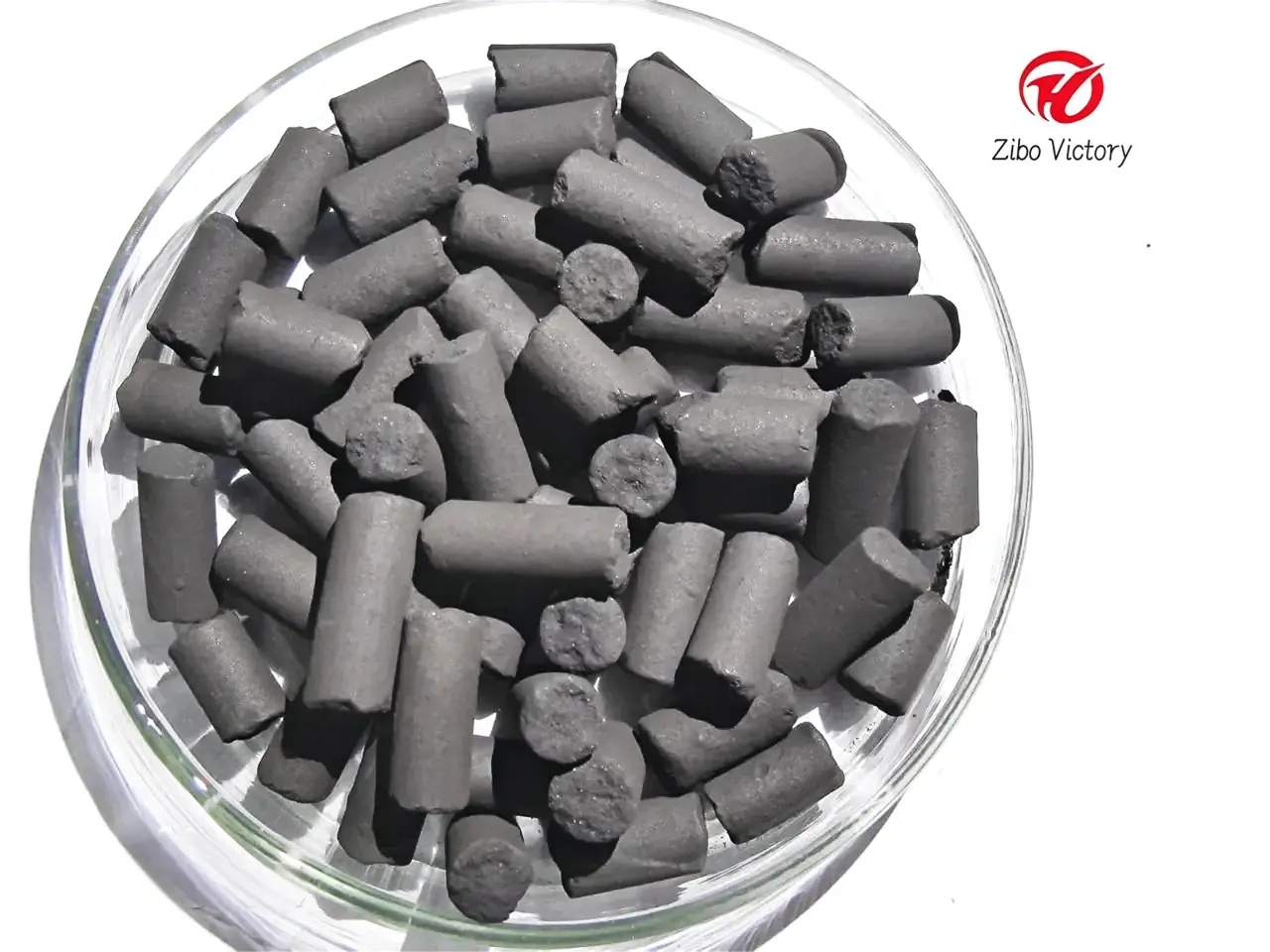Coconut shell activated carbon and columnar activated carbon which adsorption efficiency is better?

Coconut shell activated carbon and columnar activated carbon are common activated carbon types, they show different adsorption efficiency in different application scenarios, which depends on a variety of factors, can not simply determine which adsorption efficiency is better. The adsorption efficiency of the two is analyzed from different angles as follows:
The adsorption efficiency can be seen from the structural characteristics
Coconut shell activated carbon: coconut shell activated carbon is made from coconut shell through a series of processes such as carbonization and activation. It has a very developed microporous structure with a large specific surface area, which provides a large amount of surface and space for adsorption, enabling it to efficiently adsorb small molecules.
Columnar activated carbon: usually made of coal, wood chips and other raw materials, the appearance is columnar. Its pore structure is relatively diversified, in addition to micropores, mesopore is also relatively developed. This structure makes the columnar activated carbon have better adsorption capacity for macromolecules and some larger particles.
Performance of adsorption efficiency in different application scenarios
Gas phase adsorption
Coconut shell activated carbon: Excellent performance in purifying the air, removing odors and harmful gases (such as volatile organic compounds such as formaldehyde and benzene). Because these harmful gas molecules are small, the microporous structure of coconut shell activated carbon can well accommodate and adsorb them, which is widely used in the field of gas phase adsorption such as indoor air purification and industrial waste gas treatment.
Columnar activated carbon: For some gases containing larger molecular pollutants, such as oil fog, tar and other exhaust gases produced in some industrial production processes, the mesoporous structure of columnar activated carbon can better play a role in effectively adsorb these macromolecular substances, so it also has a good performance in specific industrial gas phase adsorption scenarios.
Liquid phase adsorption
Coconut shell activated carbon: in water treatment, especially for small molecular organic matter in water, pigment, residual chlorine, etc., has a good removal effect. It is often used in drinking water purification, liquid decolorization and refining in the food and beverage industry.
Columnar activated carbon: In the treatment of wastewater containing more suspended impurities, colloidal substances and some macromolecular organic matter, the mesopore and larger particle structure of columnar activated carbon are conducive to intercepting and adsorption of these substances, and are more commonly used in the advanced treatment process of sewage treatment plants and some industrial wastewater treatment.
Other factors affecting adsorption efficiency
Adsorbent concentration: When the adsorbent concentration is low, the high specific surface area and abundant micropores of coconut shell activated carbon can capture adsorbent more effectively. In the case of higher adsorbent concentration, the relatively large particles and mesoporous structure of the columnar activated carbon can accommodate more adsorbent, and may show better adsorption capacity in a certain period of time.
Contact time: If the contact time between the adsorbent and the activated carbon is sufficient during the adsorption process, both activated carbons can better play the adsorption performance. However, in some rapid processing processes with limited contact time, coconut shell activated carbon may show relatively high adsorption efficiency due to its rapid adsorption rate.



 Send Email
Send Email +8613325203316
+8613325203316